Traditionally, building and construction projects have been lumbered with fragmented, inaccessible, incomplete and unclear record-keeping. This inevitably resulted in a lack of clarity around whether the finished building matched the original design, which posed a major impact on its safety.
However, new technology and government legislation are forcing the construction of a building to be clearly accountable in live digital documentation. As a result, construction firms need to step into the digital era with more accurate, up-to-date recording of building design, build and maintenance records.
This process, more commonly known as the ‘golden thread of information,’ addresses building safety concerns by providing clear accountability at every phase of the construction process. It is crucial to recording the original building design and monitoring renovation processes through to the demolition of the building.
Inefficiencies blight the construction industry
The construction industry is currently blighted by inefficient processes that affect project performance. For example:
Manual data storage: Manual, paper-based information record-keeping is time-consuming and inevitably leads to errors caused by storing information physically. Using a more modern approach like spreadsheets is a step in the right direction but also results in people spending hours manually entering data then retrieving information.
Disparate systems: Even projects that have gone digital can be restricted by systems that are disparate or disconnected. This results in a lack of communication between project teams and causes significant time delays when an issue is discovered or scope changes are required.
BIM offers a step in the right direction
Many organizations currently use Building Information Modelling (BIM) to guide the design, construction and operation of building through digital information. The digital model was first pioneered by firms in the aerospace and automotive manufacturing industries and offers a digital description of every aspect of a built asset.
In the past, an architect would create a paper sketch or computer-generated drawing, but BIM constructs a design by piecing together smart objects. Every person involved in a project can work on it to ensure information is collaboratively assembled and updated throughout the project.
While this is a positive move, the BIM model is restricted by gaps when it comes to maintenance of a building, as well as handover, renovation and the demolition of the structure. However, BIM does play a critical role in moving towards the ‘golden thread’ approach as it enables everyone from the architect to the client to interact on the project.
Moving to the ‘golden thread’ approach
The golden thread of information provides real-time information into the state of a building. This provides better ways of working, encourages clearer communication and helps organizations to drive change more quickly.
This modern, more connected approach ensures all project members have access to one single version of the truth. This is ideal for tracking amendments to the architectural process, product updates and scope changes. It also ensures all revisions are documented, stored and instantly accessible by everyone on the project team.
Importantly, this approach also removes the responsibility of storing data away from a single person or department. The system takes responsibility for keeping documentation updated, which maintains the golden thread of information and flags any potential gaps. As a result, site managers always have live information of incidents and data prompts them to make site adjustments as and when they are needed.
Legislation drives construction change
The ‘golden thread’ of information approach is being accelerated by governmental involvement. The Government began a review into the construction industry’s regulations and fire safety with the Hackitt Review, which assessed the circumstances that led to the Grenfell tragedy in June 2017. The review called for a “radical rethink of the whole system and how it works” and recommended golden thread obligations in construction processes.
The reform was concluded in April 2020 and established a new Building Safety Regulator. The regulator will implement a more stringent regime for in-scope buildings, oversee the safety and performance of all buildings and promote the competence of all professionals working on buildings.
Before construction can begin on a project, golden thread information must be provided to the regulator, including:
- Full building plans, including detailed fire and structural safety risk management.
- A 3D digital model of the building plan, which contains the proposed construction products.
- A fire statement that addresses fire service access and water availability.
- A construction control plan that outlines compliance with Building Regulations. Any changes will be agreed upon with the client and principal designer and approved by the regulator.
The legislation also requires golden thread information to be stored in digital format and mandates that it complies with BIM standards. The information needs to be accessible by the regulator for analysis and comparison purposes. It must also include key data like building ID, the location, size, type and age of the building, basic information about safety and structure features, the outcome of regulatory gateway reviews and names of the building’s duty holders.
The golden thread of information is moving the construction industry into the digital age and will remove inefficiencies and costly errors from projects.
Discover how Mail Manager can help your organisation take control of document management with a free trial of our solution.










